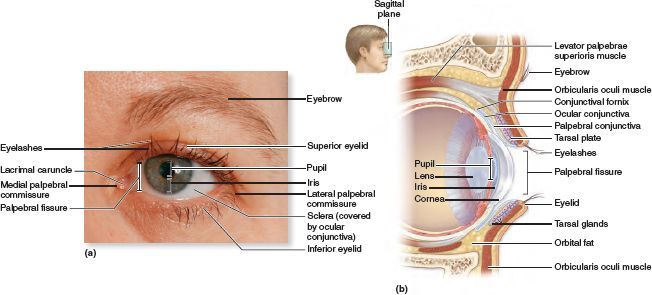 Amblyopia is a condition where the eye is anatomically normal but the vision is abnormal. This can be caused by strabismus (wandering, crossed or wall eye) refractive error (extreme farsightedness, nearsightedness or astigmatism or a significant difference in eyes) that is not corrected early in life. Even if not corrected early in life, it is sometimes worthwhile to address the issue as an adult. Often we can help at any age.
Amblyopia is a condition where the eye is anatomically normal but the vision is abnormal. This can be caused by strabismus (wandering, crossed or wall eye) refractive error (extreme farsightedness, nearsightedness or astigmatism or a significant difference in eyes) that is not corrected early in life. Even if not corrected early in life, it is sometimes worthwhile to address the issue as an adult. Often we can help at any age.
Request Your
LASIK OR CATARACT CONSULT
Request Your
EYE EXAM
Provider
PATIENT REFERRAL
Make
A PAYMENT
